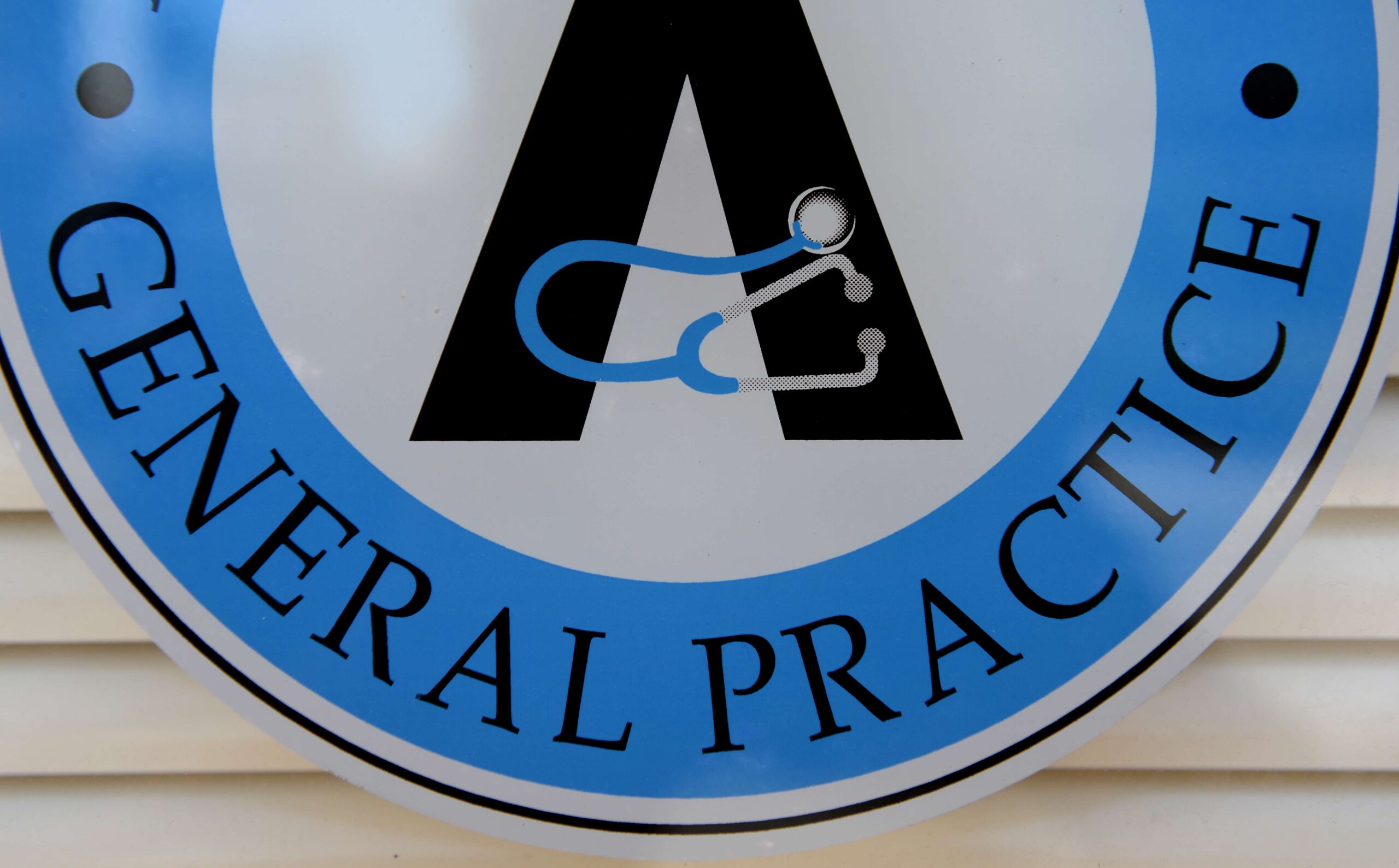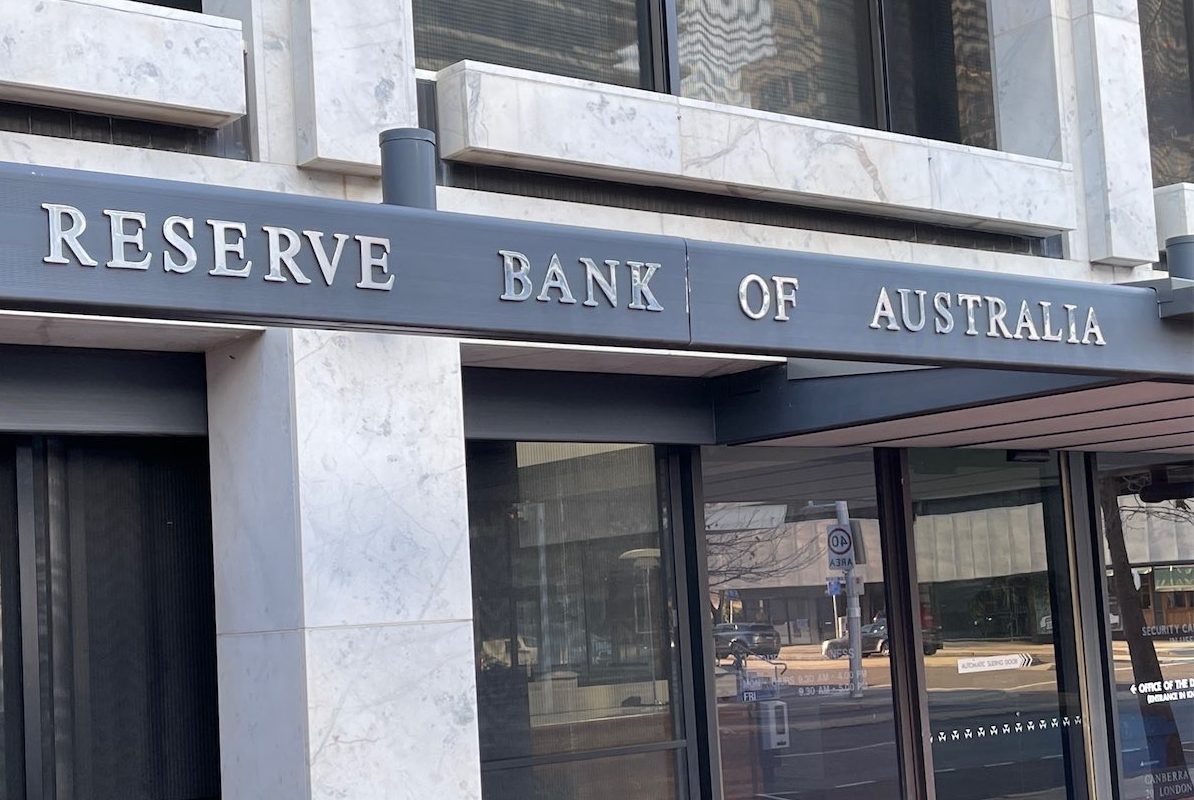
Australians could have improved access to local doctors as a record number of medical students train to become GPs.
More than 1500 junior doctors will undergo specialist GP training in 2025, an almost 20 per cent increase – or 249 future GPs – on 2024.
While this will help address Australia’s GP shortage, the Royal Australian College of General Practitioners, says more must be done to sustain growth as the population ages.
Australia is projected to face a shortfall of 800 full-time GPs in 2024, 2600 in 2028 and 8600 by 2048, according to a report the Department of Health released in August.
But many doctors in training choose not to become GPs as they are often paid less and receive worse leave entitlements than their hospital-based colleagues.
The public also generally views general practitioners with less respect than other medical specialists, which can discourage young doctors from pursuing that path, and college deputy chair Cecilia Xiao says that needs to change
“They’re more than just doctors you see for your cough, runny nose or when you want to go get your medical certificate,” Dr Xiao told AAP.
“They are the ones who are going to look after you from cradle to grave.”
Even when GPs have finished medical school, many find it challenging to stay in the profession due to the increased cost of living, administrative duties and workloads.
The mental health system, for example, is both understaffed and unevenly distributed with almost four in every five psychiatrists working in Melbourne, Sydney and Brisbane, according to the Australian Medical Association.
This puts pressure on GPs, especially in rural areas, who have to manage a growing caseload of patients looking for mental health help.
The medical association has urged the federal government to provide more support for general practice, while the college is calling for government-funded GP training and medical places.
Labor has already tripled the bulk billing incentive, allowing thousands of Australians to have their GP trips fully covered.
But as the cost of delivering healthcare grows, college president Nicole Higgins is also pushing for increased funding for patients to see a GP.
“We risk going the way of the US with its two-tiered health system,” Dr Higgins said.
“This and future governments must commit to funding so patients don’t delay care until they end up in hospital, or find themselves left waiting in ambulances outside over-capacity hospitals.
“(The) growth in GPs in training is a sign the GP workforce is recovering, but it can’t be taken as a sign the job is done.”
Who can be trusted?
In a world of spin and confusion, there’s never been a more important time to support independent journalism in Canberra.
If you trust our work online and want to enforce the power of independent voices, I invite you to make a small contribution.
Every dollar of support is invested back into our journalism to help keep citynews.com.au strong and free.
Thank you,
Ian Meikle, editor





Leave a Reply